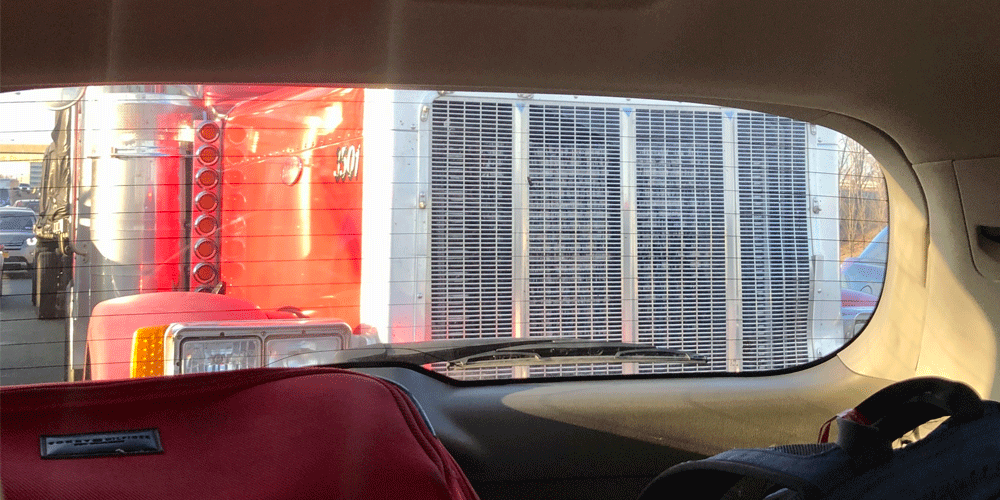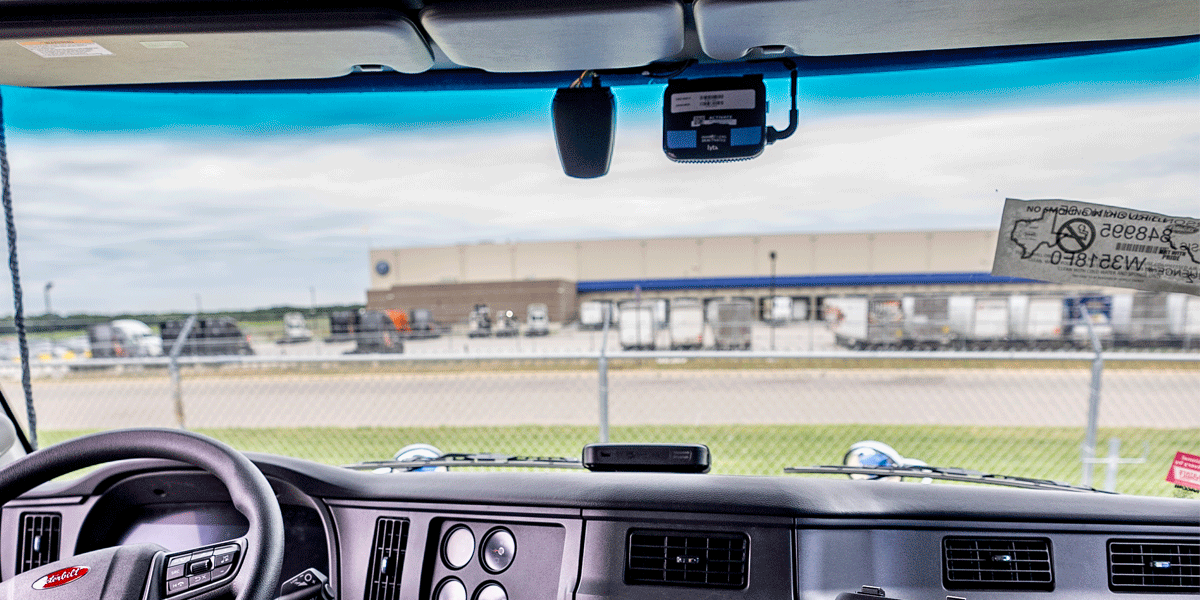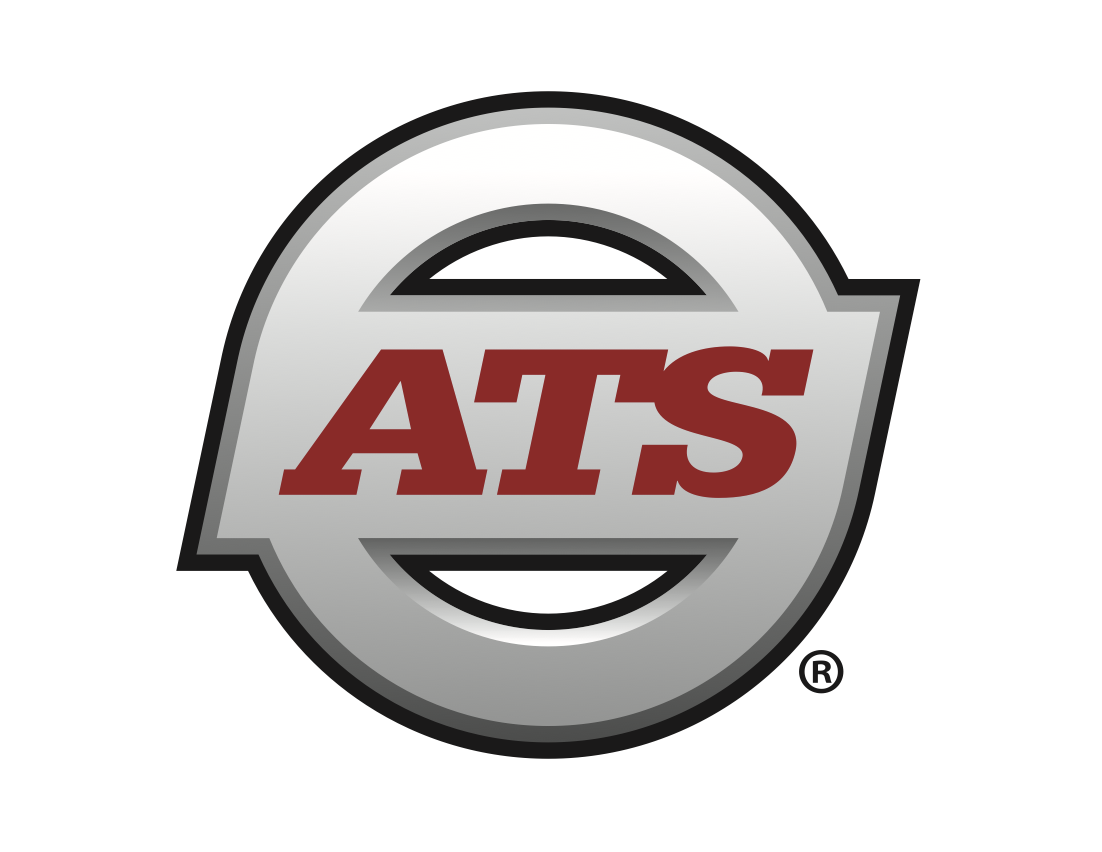If you talk to 100 drivers, chances are a large majority of them would say they don’t have much of a problem with the dash camera in their truck cab.
The handful that don’t like it? Well, they’re the loudest ones on social media, at truck stops and on trucking carrier review sites. When drivers hate it, they really hate it.
And it’s okay to hate your dash camera; it’s okay to have your opinion about the technology. But despite your feelings, it’s important to know the facts about the technology, rather than buying into misconceptions.
The truth is, whether you like having a dash cam or otherwise, it’s a safety tool that encourages safer driving behaviors on the road and it helps drivers improve their skills. It’s not uncommon for drivers to not realize their driving behaviors are an issue until it’s brought up in a different light. The camera does that.
Not only that, but the camera footage can prove you weren’t at fault for accidents — should you, unfortunately, encounter one on the road.
At Anderson Trucking Service (ATS), the dash camera system we use is the Lytx Driver Safety Suite. While we only utilize the front-facing camera feature and don’t use the microphone or sound, we know it’s important to talk about each of these features.
In this article, we’ll help you understand how fleet dash cams work, how they help drivers and some pros and cons of the systems. That way, whether you’re one driver or a small trucking company looking for a new dash cam service, you can understand how the technology works (or doesn’t work) for you. As a small trucking company, you can decide if you’d like to use this technology.
What is a Camera-Based Safety System?
A camera-based safety system, like Lytx, is a system for both drivers and trucking companies to manage driving habits and continuously improve performance to prevent not only accidents and injuries but citations and negative encounters with law enforcement and drivers.
The system is an onboard camera with the capabilities to be forward facing and inward facing. It has a microphone that can be turned on and off. The technology uses artificial intelligence (AI) and machine vision to calculate the distance between vehicles, monitor the speed a vehicle is traveling, decipher whether a vehicle is staying between the lanes or wandering and more. Inwardly, it can monitor behaviors like eating, smoking, cell phone usage and driver fatigue.
The system gives carriers the ability to work with drivers to ensure they’re the safest they can be. When an event is triggered, typically a score is associated with it between 0 and 5 based on how risky the behavior is. The score is an indicator of how the driver is doing.
Each carrier uses the system a bit differently, so scoring will vary. For example, ATS uses it with only a forward-facing camera and no microphone. ATS monitors speed management, follow time and distraction as indicated by wandering and no lane signaling. When a driver gets a certain amount of points, they may be brought in for coaching and truck simulator training.
If a high-risk behavior is indicated, the system sends a 12-second video clip of the behavior to the safety system. They do a human review on every event that’s triggered. If the behavior is confirmed, then they send the footage over to the company to coach and counsel the driver.
This middleman takes out the process of having the trucking company review events that ultimately aren’t high-risk behaviors. By the time the footage gets to the trucking company, it’s confirmed to be a high-risk behavior that needs to be addressed.
A common misconception about the technology is that it’s an invasion of privacy because it’s watching you and listening to you constantly. When the truck is off, the camera goes into hibernation mode. Should the truck get hit within eight hours of the truck being turned off, the company can manually recover footage of a collision.
The camera is only on when the truck is on. Events are only triggered by something force related (like if a truck is hit while driving) or when a high-risk behavior is identified by the camera (such as speeding or close following distance).
So, once you’re in the sleeper berth, it’ll go into hibernation mode and shut off. You won’t be recorded doing your nightly activities — sleeping, eating, gaming or otherwise. At ATS, since we do not have the inward-facing camera active, we place a sticker over the lens when we install the camera in the vehicle.
The technology does have the capability of allowing users to tunnel into a live video feed. Companies have to pay for that extra service. In general, no company has the time or the resources to monitor the video feeds of every driver in their fleet, so this technology isn’t often used. Even still, no one can tunnel into a live video feed when the camera is off or in hibernate mode.

Pros of Fleet Dash Cams
There are a lot of pros of fleet dash cams. Primarily, carriers see improved driver habits, safer drivers and fewer accidents on the road.
Drivers often don’t realize how much their habits have changed since they were trained. Two of the biggest causes of accidents on the road are speed and following distance. The camera draws attention to things like going over the speed limit and improper following distance — high-risk behaviors that are easy to let slide once you’ve been driving for a while.
Using the system as a coaching tool allows carriers to help drivers develop and get even better at their jobs. Camera-based safety programs let carriers know how risky or not risky a driver’s driving habits are. Carriers can coach drivers to move farther away from high-risk behaviors and therefore farther away from the likelihood of serious crashes.
At ATS, we’ve had a significant reduction in serious crashes and injuries since installing the technology into our fleet. Fewer accidents on the road benefit everyone.
Not only that but if you do encounter an accident, you’ll have video evidence showing what happened. It’s a known natural phenomenon that, regardless of which vehicle you’re in after an accident, you’re a bad witness. It’s difficult to remember what happened accurately. The camera cuts through the uncertainty so there’s no more he said/she said.
The camera footage can be sent directly to officers who will then file an accurate police report. You can prove you’re not to blame if you didn’t cause the accident (and we all know when a semi-truck is involved, they’re often blamed).
Camera-based safety systems are also a great retention tool for carriers. It gives drivers a chance to improve their driving skills and avoid getting into situations where they’re at risk of negative repercussions.
Cons of Fleet Dash Cams
Oftentimes the cons of the system are largely misunderstandings of how the technology works and what it can and can’t do.
The camera-based safety system doesn’t tell trucking companies how to run their program. They just provide the device and the information. Each company is in charge of managing its driver safety program. Oftentimes, drivers are upset about the points system (if a company even uses them). They may feel it’s impossible to work with the system and avoid getting points. Again, that comes down to how the company you drive for operates its program, not the technology itself.
Every company sets performance expectations to give drivers a target for acceptable and unacceptable driving behaviors. The goal is to move drivers from high tolerance for risk to a low tolerance for risk. For drivers who aren’t willing to accept and meet the expectations, companies now have an avenue to measure and improve those drivers, and, unfortunately, when necessary, parting ways.
With any piece of technology, setup matters. Carriers spend a large amount of time and energy to make sure they work properly. We have to call drivers to troubleshoot issues or bring them to the shop for fixes or replace them entirely. We can’t just slap them on and never look at them again. Getting stuck in the shop because your camera doesn’t work is frustrating, to say the least.
If you’re a driver coming from a company without a camera program or one that isn’t as emphasized, you have to adapt to a new program. This can feel like a con.
To overcome this, make sure you understand how the system works and how points are doled out at your company. For instance, a common misconception is that if a car merges in front of you in busy traffic, you’ll get points.
In reality, the system doesn’t trigger a following distance event unless you haven’t adjusted your following distance within eight seconds. If they cut in front of you, you have eight seconds to slow down or let them speed ahead of you — plenty of time to avoid triggering an event.

Invest in Safety Technology
Fleet dash cams offer several benefits for drivers and trucking companies. The system serves as a valuable safety tool, encouraging safer driving behaviors and helping drivers improve their skills. It can also remove the blame from drivers in the event of accidents by providing clear video evidence.
The technology allows carriers to work with drivers to ensure safe driving practices and offers coaching opportunities to further enhance driver performance. Moreover, the system helps prevent accidents, injuries, citations and negative encounters with law enforcement and other drivers.
However, there are some misconceptions and potential downsides to consider. Some drivers may have concerns about privacy due to the camera’s presence and microphone capabilities. It’s important to note that the camera is only active when the truck is on, and only creates viewable videos during force-related events or high-risk behaviors.
Additionally, the effectiveness of the system depends on how well it’s implemented and managed by individual trucking companies. Misunderstandings about the points system and expectations can lead to driver dissatisfaction. Furthermore, proper setup and maintenance of the technology are essential, as technical issues can cause frustrations and downtime.
Overall, a camera-based safety system can be a valuable tool for improving driver habits, enhancing safety and reducing accidents on the road. By understanding the system’s capabilities and ensuring effective implementation, both drivers and trucking companies can reap the benefits of this technology and work towards safer roads and improved performance.
Visit the Lytx website to learn more about the technology ATS uses or learn more about how to adjust to a dash cam from an ATS driver.

